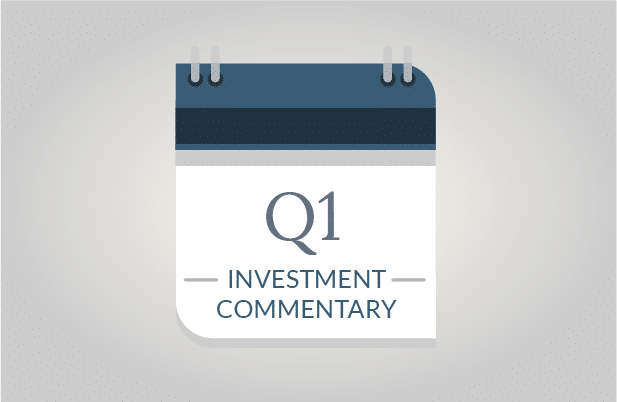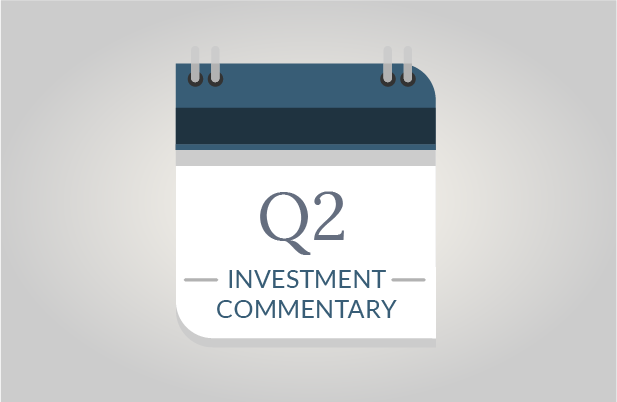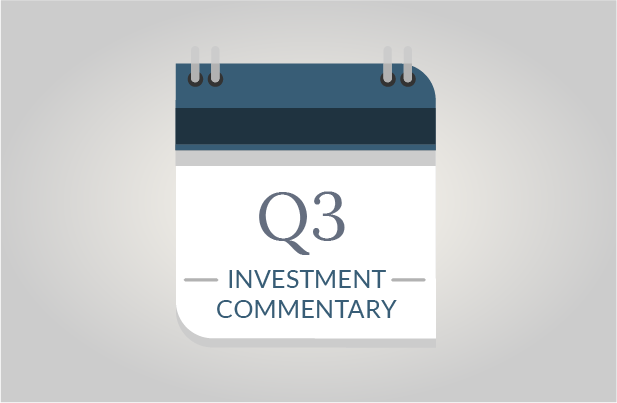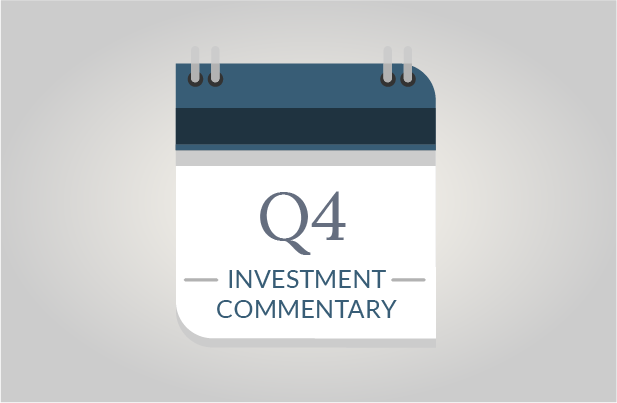So far, 2015 marks a distinct reversal in U.S. market dominance as large-cap stocks floundered while international stocks thrived. The S&P 500 index and the Dow Industrial Average experienced significant up and down days, but ultimately moved nowhere.
What happened?
Largely, a dramatic rise in the U.S. Dollar, placing our companies at a competitive disadvantage.
Homeland Headwinds
Within eight months, the U.S. Dollar index increased approximately 20%, with a 13% increase in just the first quarter of 2015. This kind of a rapid move is rare. It is also potentially costly. Americans might be proud to boast of a strong U.S. Dollar, but it comes at a cost; namely, our ability to sell goods cheaply around the world.
U.S. multinational companies have produced handsome earnings reports in recent years for three primary reasons: increased productivity, wage containment and global currency pricing advantages. The currency advantage has certainly come to an end, and US wages are starting to trend higher, even if ever so slightly.
SageVest Wealth Management cautions investors that upcoming earnings reports could be disappointing, particularly from companies with international sales. This is a key factor to watch as company valuations are heavily based upon earnings expectations. If price-to-earnings ratios move too high, investors might be prompted to sell stocks if they suddenly look over-valued as a result of declining expectations. We will be watching earnings reports very closely in the coming weeks.
Tailwinds Abroad
The rise in the U.S. Dollar began last summer when the Federal Reserve (the Fed) announced the end of its bond buying program. Gains further accelerated in 2015 as the Fed openly discussed raising the fed funds rates, while 20 other central banks around the world cut rates. Bottom line, a lot of countries have acknowledged the benefits of the Fed’s stimulus programs, and they are now trying to replicate the ‘play book’.
So far, it’s working. Their currencies are weakening and we’re starting to see economic growth, particularly in Europe. International stocks have shifted from the laggards of 2014 to the early winners of 2015.
Outlook for the Fed, the U.S. Dollar and Investments
Looking forward, we see a strong chance that employment gains will force the Fed to increase the fed funds rate later this year. A pullback in the economy could alter this outlook, but the reality is that we only need modest employment growth to reach the Fed’s new full employment range of 5.0% to 5.2%. Hence, barring a significant derailment, we think investors should expect a rate increase within the year.
For bond investors, we don’t expect a significant impact as the Fed’s actions will likely be modest, and global central bank actions are compressing yields around the world. That said, even a small uptick in rates could negatively affect U.S. stocks if higher rates draw yield-hungry investors into the U.S., thereby pushing the dollar higher.
Given this outlook, we are cautiously bullish on international equities as we recognize the dual powers of currency pricing advantages and monetary stimulus. We say cautiously for a few reasons. A strong U.S. Dollar dilutes international gains for U.S. investors as the returns exchange into local currency. International risks remain high including a long list of geo-political tensions and a possible Greek exit from the EU. Finally, our greatest caution point is the fact that international efforts to stimulate growth are occurring late in a mature bull market cycle – perhaps too late. We are now in the seventh year in a bull market, making this recovery longer than average. We hope that stimulus efforts will prove fruitful. However, investors need to recognize risks at this point in a market cycle, and U.S. stocks could prove more resilient given the strength of our economy relative to the rest of the world.
In Summary
In summary, SageVest Wealth Management still sees opportunities in stocks, particularly in light of an ultra-low interest rate environment, but note that opportunities are not void of risk. Diversified portfolios are again rewarding investors, and we believe a diversified investment structure is important at this stage in a market cycle. As always, we invite you to CONTACT US with any questions.
If you enjoyed this article, please SUBSCRIBE.




